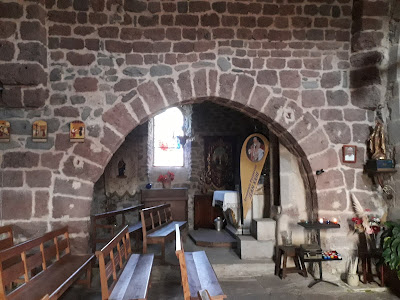Cave Art 101 by National Geographic
What can Stone Age art tell us about extinct animals? by Trey the Explainer
From Lascaux to Chauvet to Australia, in this video I discuss the many illustrations of now extinct prehistoric animals and how they can be significant to paleontologists. Additionally, artwork created by our long dead ancestors can actually tell us a lot about prehistory we wouldn't know otherwise from cultural norms to religious beliefs. So I've taken the time to examine what prehistoric art can tell us. We will talk about everything from Irish Elk to Marsupial Lions so I hope you enjoy! May 2018
Why are these 32 symbols found in caves all over Europe by Genevieve von Petzinger
Written language, the hallmark of human civilization, didn't just suddenly appear one day. Thousands of years before the first fully developed writing systems, our ancestors scrawled geometric signs across the walls of the caves they sheltered in. Paleo-anthropologist and rock art researcher Genevieve von Petzinger has studied and codified these ancient markings in caves across Europe. The uniformity of her findings suggest that graphic communication, and the ability to preserve and transmit messages beyond a single moment in time, may be much older than we think. December 2018
The Roots of Religion by Genevieve Von Petzinger
A PhD student in Anthropology at the University of Victoria, Genevieve Von Petzinger's main area of interest is understanding the geometric imagery of European Ice Age rock art and how we can use this type of behavior to identify cognitive and symbolic evolution in modern humans. Her work was featured on the cover of New Scientist in 2010 and Science Illustrated in 2011, and she has also appeared on the Discovery Channel's popular program Daily Planet. December 2012











